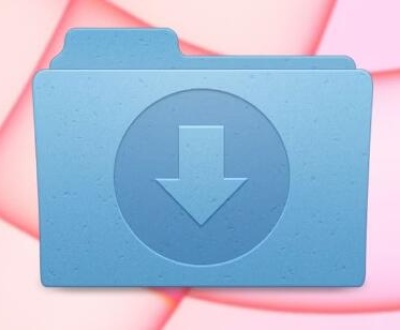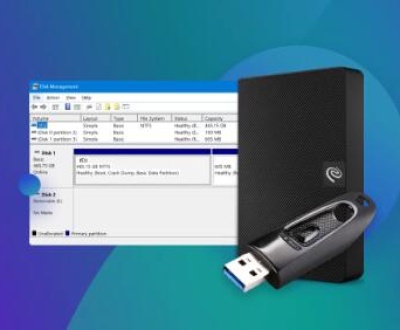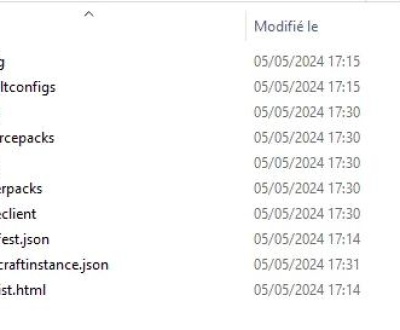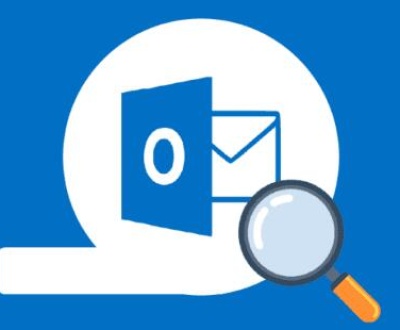Voicemail systems have been a staple of communication for decades, allowing individuals to leave messages when someone is unavailable. With the rise of smartphones, voicemail has evolved from a simple system to a complex service integrated with mobile carriers, apps, and cloud systems.
When a voicemail is deleted, the message may not be entirely gone. In many cases, it remains in a deleted state until it is overwritten or permanently erased. The restoration process can depend on how the voicemail system works, how the messages are stored, and whether the phone is still in use.

Why Voicemails Get Deleted
Voicemails can be deleted for various reasons, such as:
Accidental deletion: Often, users delete voicemails unintentionally while clearing out their inbox or managing their storage.
Space Management: Voicemail systems have storage limits, and older messages may be automatically deleted or manually cleared to free up space.
Carrier Updates: Some carriers periodically purge old voicemails, especially when they become outdated or after system updates.
Before trying to restore a voicemail, it’s important to understand why it was deleted and if it might still be recoverable.
Methods for Restoring Deleted Voicemails
1. Restoring Voicemails on Android Phones
Android phones often have a built-in voicemail system managed by your carrier, but the way you recover deleted voicemails can vary.
Step 1: Check the Voicemail App
Most Android devices use a native voicemail app. Here’s how to check:
Open the Phone app.
Tap the Voicemail icon (usually found in the bottom-right corner).
If your voicemail system is integrated into the app, you may find a folder for deleted messages.
Some Android phones will store deleted voicemails temporarily in a “Deleted” folder for a short time before permanently deleting them.
Step 2: Use Carrier Voicemail Services
If your phone’s voicemail app doesn’t offer a recovery option, your carrier may store deleted voicemails for a short period. To restore them:
Call your carrier’s voicemail service (usually by pressing and holding 1 on the dial pad).
Some carriers have a feature where you can listen to deleted voicemails within a few days of deletion.
Inquire about any online services your carrier offers that may allow for voicemail recovery.
2. Restoring Voicemails on iPhones
Apple iPhones, like Android phones, use voicemail services managed by the mobile carrier, but they may also offer integration with iCloud for visual voicemail services.
Step 1: Check iPhone’s Visual Voicemail
If you use Visual Voicemail, deleted messages may be stored temporarily:
Open the Phone app.
Tap Voicemail in the bottom-right corner.
If the voicemail was recently deleted, check for a “Deleted Messages” folder at the bottom of the screen.
If available, tap the folder to see if your deleted voicemail is still recoverable.
Step 2: Contact Your Carrier for Retrieval
Like Android, iPhone carriers store deleted messages for a limited time. To recover a deleted voicemail:
Call your carrier’s voicemail service.
Ask if deleted voicemails can be restored.
Some carriers may offer a feature where you can recover voicemails for a limited period, depending on their policies.
Step 3: Use iCloud Backup
If you back up your iPhone to iCloud, you may be able to recover voicemails that were included in a backup. To restore voicemails from an iCloud backup:
Go to Settings > General > Reset.
Tap Erase All Content and Settings (ensure you back up your current data first).
After your phone resets, choose to restore from an iCloud backup.
Select a backup that was made before the voicemail was deleted.
Note: This method will restore your entire phone, so it’s best to ensure that no critical data is lost in the process.
3. Restoring Voicemails from Carrier Services
Some mobile carriers provide options for accessing and restoring voicemails even after they’ve been deleted from your phone. Here’s what you need to do:
Contact Customer Support: Reach out to your mobile carrier’s customer support. Provide them with the details of the voicemail, including the date and time the message was left. Some carriers can retrieve voicemails from their servers if they have not yet been fully deleted.
Online Voicemail Management: Many carriers offer online portals or apps where you can access and manage voicemails. Check if your carrier provides this service and log in to see if deleted voicemails are stored in a recoverable state.
Voicemail Retrieval Services: Some carriers have automated systems or customer support departments dedicated to voicemail retrieval. Inquire if such services are available.
4. Restoring Deleted Voicemails from Landlines
For landline voicemail systems, recovering deleted voicemails may be more challenging because these systems don’t have the same recovery options as smartphones. However, there are a few methods you can try:
Check the Service Provider’s Portal: Some landline voicemail services, especially digital ones, may have an online interface where you can manage your voicemail inbox and recover deleted messages.
Contact Customer Service: If your voicemail provider uses a cloud-based system, they may store deleted messages for a limited time. Contact their customer service to inquire about the possibility of recovering lost messages.
5. Using Third-Party Recovery Tools
While carrier services are the most reliable method for restoring deleted voicemails, there are third-party tools that claim to recover deleted data from smartphones. These tools might work by scanning the device’s storage and attempting to recover data from sectors that have not been overwritten.
Note: These tools should be used with caution. Not all recovery tools are reliable, and some may even damage your device or expose you to privacy risks.
Troubleshooting: What to Do If Voicemails Can’t Be Recovered
If you’ve followed the steps above and still can’t restore your voicemail, there are a few reasons why:
Voicemails Are Permanently Deleted: If too much time has passed since the voicemail was deleted, or if the voicemail has been overwritten, it may be unrecoverable.
Carrier Limitations: Some carriers have strict data retention policies and may permanently delete voicemails after a set period (e.g., 30 days).
Incompatibility: In some cases, third-party recovery tools may not work on all phones or may require advanced technical skills.
Local Storage Overwritten: If your phone has recorded new data since the voicemail was deleted, the deleted voicemail may have been overwritten by new files, making it impossible to recover.
Prevention: How to Avoid Losing Important Voicemails
While it’s good to know how to restore voicemails, it’s better to prevent the loss of important messages in the first place.
Backup Voicemails Regularly: Use cloud services or other backup options that allow you to save voicemails for future access. iCloud, Google Drive, and third-party apps can be useful for this purpose.
Set Up Notifications: Some phones allow you to set up notifications or reminders for important voicemails. Consider saving critical messages as voice memos or transferring them to a separate file.
Delete Carefully: Always double-check before deleting voicemails, especially if they contain sensitive or important information. Some systems even offer the option to archive voicemails instead of deleting them.
Use Visual Voicemail: Many carriers now offer Visual Voicemail, which allows you to see and manage your voicemails more effectively. This way, you can save or delete voicemails with greater control.
About us and this blog
Panda Assistant is built on the latest data recovery algorithms, ensuring that no file is too damaged, too lost, or too corrupted to be recovered.
Request a free quote
We believe that data recovery shouldn’t be a daunting task. That’s why we’ve designed Panda Assistant to be as easy to use as it is powerful. With a few clicks, you can initiate a scan, preview recoverable files, and restore your data all within a matter of minutes.
Subscribe to our newsletter!
More from our blog
See all postsRecent Posts
- Downloads folder disappeared from finder 2025-04-28
- How to find root folder on usb 2025-04-28
- Where to find temp folder? 2025-04-28

 Try lt Free
Try lt Free Recovery success rate of up to
Recovery success rate of up to









